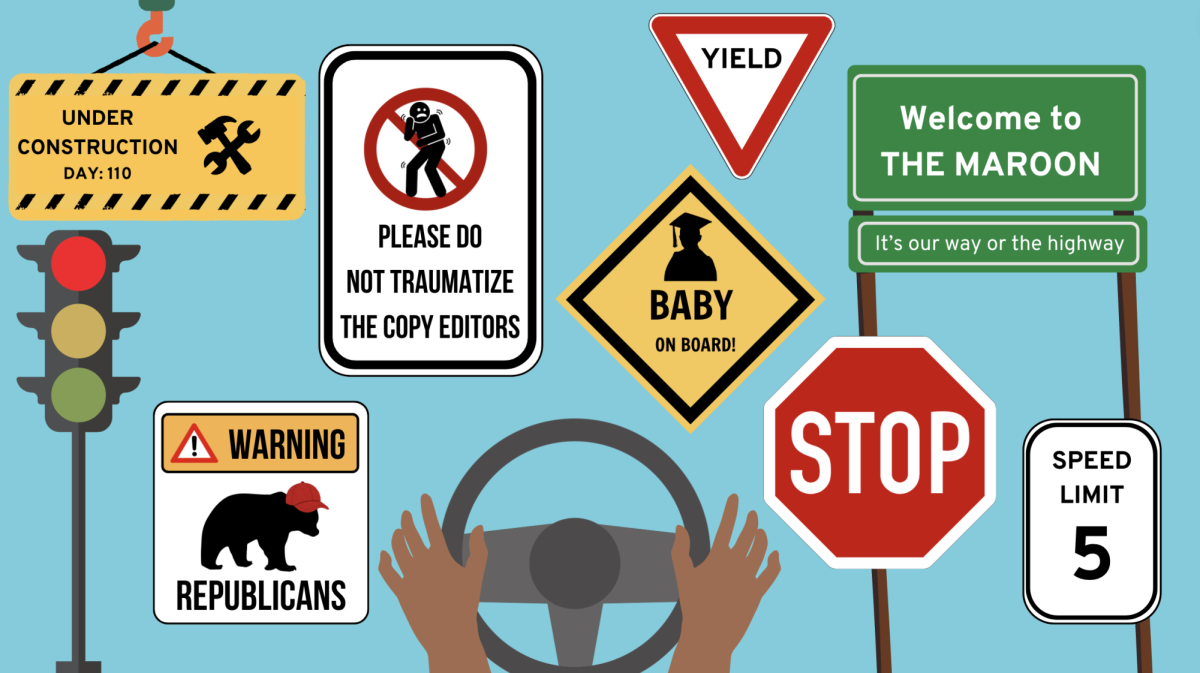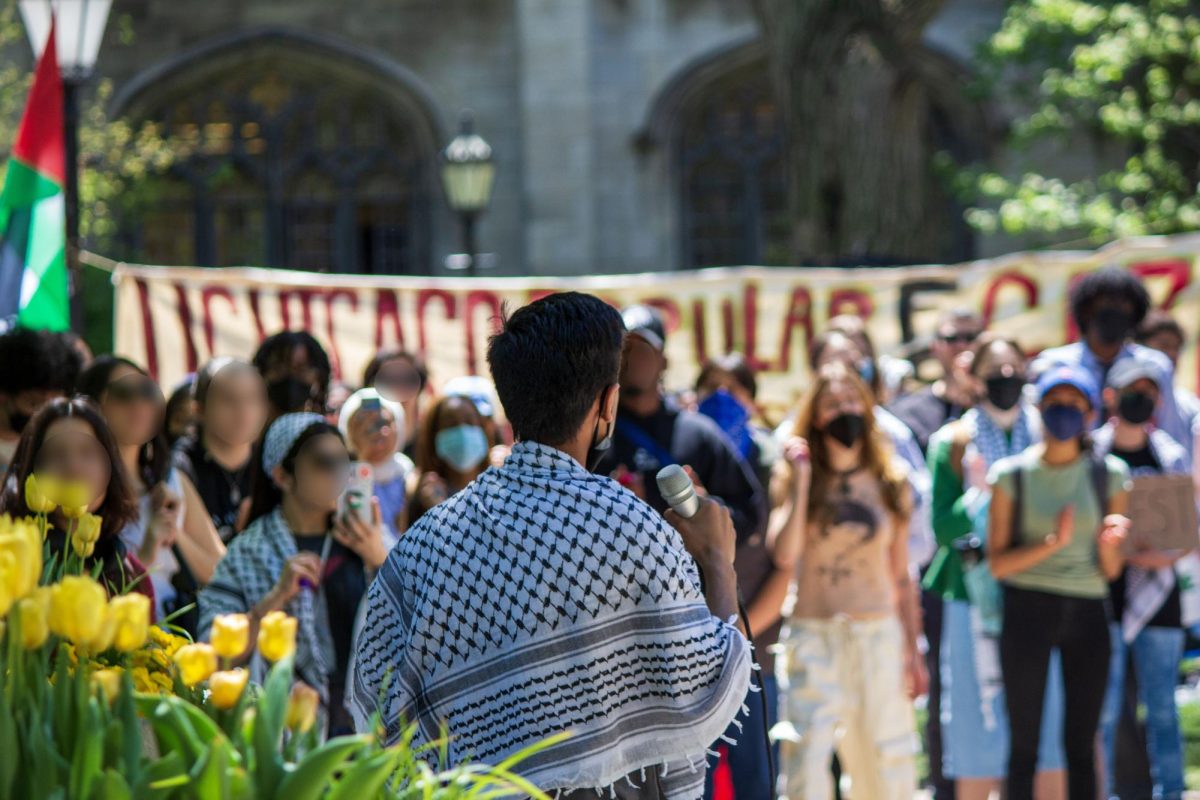For children across the United States, October 31 is a day of shimmering Americana. With the aid of vacuous pre-coffee parents, they don the guises of cowboys, princesses, dragons, unicorns, witches, ghosts, and Harry Potter, and parade to school for a day of general inanity in advance of an evening of blunt, candy-seeking menacing. Onward they march, young marshals of capitalism, domino theory, and Starbucks, forever in search of doorbells and cavities. And with them trudge their bedraggled parents, warily listening from garden paths as their gaudy offspring screech vague threats about “tricks” to whichever lackadaisical homeowners neglected to turn off their porch lights and had to step momentarily away from their televisions, which continue to blare in the background.
“Trick or treat,” the wee thugs flatly state, mocking the very form of what may once have been at least a mildly polite question of preference between a vengeful prank and a caloric gift. And so the poor, laboring proletarian must proffer his meager bowl of sugary commodities so that the small, costumed bourgeoise masses can extract the Starbursts and Blow Pops that they deem to be their own. And what if he’s left with naught but PayDays and half-opened Hershey’s Kisses? Ah, the scorn! Ah, the disgust!
Pumpkin farmers, I gather, are strongly in favor of Halloween. (Although pumpkins, conversely, are rumored not to be.) What better thing to do than designate one day a year as pumpkin Armageddon, a date by which every proper, freedom-loving American should have sacrificed at least one rotund orange squash to the gods of fun-size candy bars? How better to supplement the profits from pies, muffins, and soups than by condemning the rest of the crop to the pumpkin guillotine?
And why not share the profits with the makers of tea candles? A gutted pumpkin could not be deemed complete without a votive candle within to singe its tender flesh and to flicker through its alarmingly George Bush–esque geometrical face. Let the candle burn; let the wax drip; let social Darwinism reign free when the odd pumpkin conquistador fails to extinguish the meager flame and so sets his homestead on fire!
The profit shall extend too to the makers of orange, pumpkin-shaped buckets and of thin, polyester clothing. The aisles of stores will fill with flammable cloaks and cackling plastic skeletons; men’s and boys’ costumes shall differ only in size; women’s and girls’ costumes only in amount of cloth, with the former having, on average, perhaps a sixth of the fabric of the latter. Costumes need not be durable, nor comfortable, nor especially attractive—Halloween is a day of ephemeral nothings.
With the rise of costumes comes a daylong surge of glee among freckled middle- and high-school bullies, who gladly take on the starry-eyed innocence of their pubescent classmates. Oh, how the bullies cackle as their classmates stumble on through Octobers, forever a year older and closer to the great nothingness at the end: through the transitions between jubilant elementary school enthusiasm, bewilderment about the appropriate age cutoff for trick or treating, bitterness and a distinct sense of betrayal at the loss of rights, feigned high-school indifference, and, finally, the all-consuming apathy of college that obfuscates and lays the seeds of the sudden desire to don the cheap polyester once more.
And thus: Halloween. It burgeons and billows and sucks and wheezes annually; it fills drugstores and front lawns and porches and schools and seasonal costume shops every year in a great cesspool of endemic American culture. And then, unerringly, the Dionysian orgy of toy spiders and fake cobwebs and tissue-paper ghosts perishes, vanishing in so many puffs of dry ice at the toll of midnight on November 1. But America is not one to leave her brave citizens to suffer through the aching void of a passed holiday: Come next morning, halls and shelves are decorated with cardboard turkeys, sickly-looking candy canes, and cellophane snowflakes—and so life, too, marches on.
Claire McNear is a first-year in the College majoring in international relations and economics. Her column appears every other Friday.







